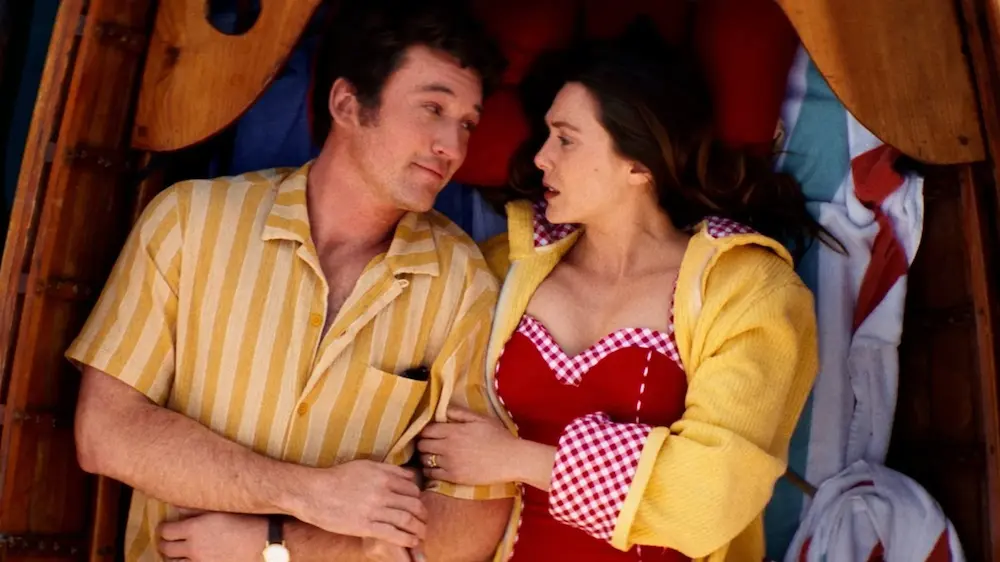I saw “Gandhi” when it debuted in 1982. A recent viewing reveals today’s stars in bit parts, such as Daniel Day-Lewis, Colin Farrell, and John Ratzenberger, which has the interesting effect of making a nearly 40-year-old film feel cutting-edge.

Mark Jackson
Film Critic
|Updated:
Mark Jackson is the chief film critic for The Epoch Times, and a Rotten Tomatoes-approved critic. He earned a bachelor's degree in philosophy from Williams College, followed by a classical theater conservatory training, and has 20 years' experience as a New York professional actor. He narrated The Epoch Times audiobook "How the Specter of Communism is Ruling Our World," available on iTunes, Audible, and YouTube. Mark is cited in the book "How to be a Film Critic in Five Easy Lessons" by Christopher K. Brooks. In addition to film, he enjoys Harley-Davidsons, martial arts, rock-climbing, qigong, and human rights activism.
Author’s Selected Articles




